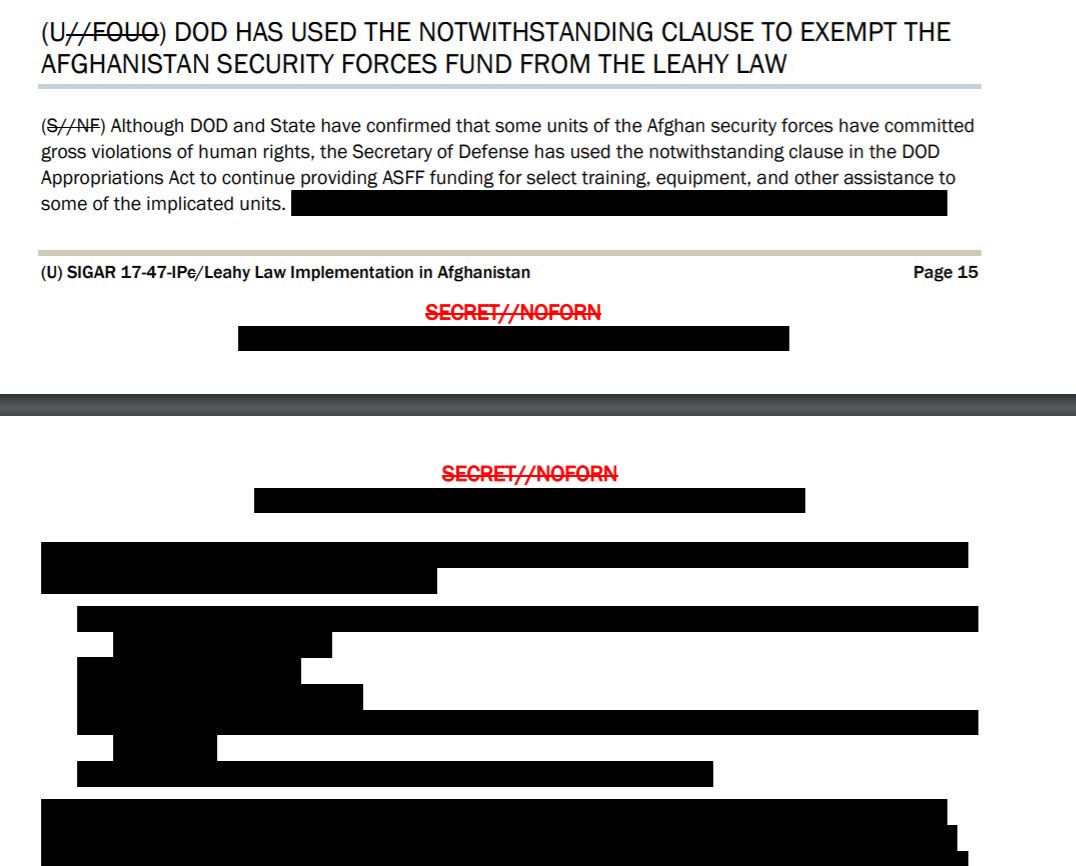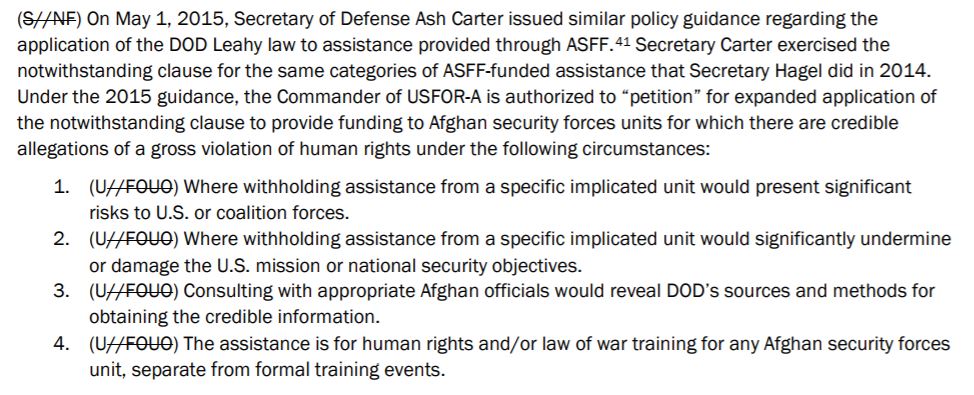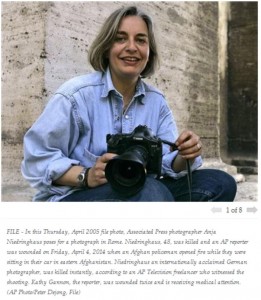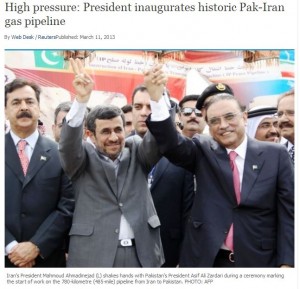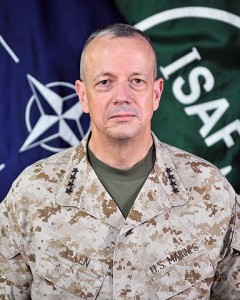“Notwithstanding”: How Congress Enabled Chuck Hagel and Ash Carter to Keep Child Rape and Torture from Disrupting Forever War
Back in September of 2015, the New York Times published sickening details on widespread child rape in the Afghan military. The Times’ investigation was centered in part on a victim of child rape who had served as a “tea boy” to Afghan officers and subsequently acquired a weapon. He opened fire inside a base, killing three US Marines.
I had noted at the time that one of the victims, Gregory Buckley, Jr. had told his father just before he was killed that reporting Afghan soldiers for child rape was discouraged because “it’s their culture”. This stood out to me because I had been reporting on the retroactive classification of a DoD report that stated many green on blue killings could be explained by cultural incompatibilities between US troops and the Afghans they were training.
The reports of child rape were so disgusting that Congress commissioned a study by the Special Inspector General for Afghanistan Recontruction to look into how such widespread abuses were allowed to happen. After all, the “Leahy laws” were aimed at preventing funding of foreign entities known to be committing gross violations of human rights. SIGAR finished their report in June of 2017, but it has only now been declassified and released.
While the report “found no evidence that US forces were told to ignore human rights abuses or child sexual assault”, the end result of actions by Secretaries of Defense Chuck Hagel and Ash Carter leading up to the September 2015 incident are damning in how they result in just that outcome, at least when it comes to using funding that Congress provided.
Here is how SIGAR places the investigation into perspective:
You are excused if, like me, you need to go off and curse a while over the outrageous sums of money we have “invested” in a security force that is failing at this very moment.
But now we have yet another outrage. Congress, in its infinite wisdom, decided in 2005 that no other law could be used to get in the way of the funding of our sacred war in Afghanistan. Recall that the torture memos were released in late 2004, so Congress rightly feared that much of what we were funding in Afghanistan was illegal and they didn’t want to let those measly laws get in the way of their war.
Just look what DoD had to go through to ignore what the Afghans were doing. Here is Chuck Hagel trying to provide cover in 2014:
This of course looks just fine. We all need a written protocol on how to report human rights abuses. But what happens when abuses are found? Oh, that’s bad. And even though DoD still redacts much of Hagel’s action, it’s clear he was told of abuses but he freed up funds anyway by relying on the “notwithstanding” clause:
It gets even worse. Ash Carter did the same thing, just a few short months before the tea boy attack that killed Buckley and two others:
Chuck Hagel and Ash Carter were fully aware of gross human rights abuses, including both child rape and torture, but elected to use the blunt tool that Congress had given them to ignore these human rights abuses and continue funding the same units within the Afghan military that carried out the abuses. So while official policy was that abuses are to be reported, they then are completely ignored at the Congressional and Cabinet level in order to continue a forever war that is forever failing.




